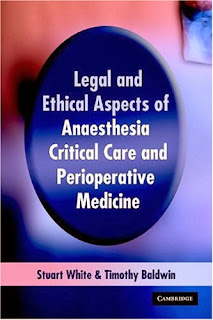Prepare yourself for the Anesthesia Board exams with Miller's Anesthesia Review, 2nd Edition. Packed with hundreds of challenging review questions and answers, this essential study guide is an ideal way to assess and enhance your mastery of the information you need to know, and familiarize yourself with the current ABA exam content and format.
Easily assess your understanding at any level with chapters that progress from basic to advanced topics.
Review the complete range of essential topics in anesthesia, from physiological and pharmacologic principles through anesthetic machine systems, anesthetic delivery in a variety of settings, and anesthesia administration for a full range of disease states.
Get immediate feedback with detailed answers to each question at the end of every chapter.
Prepare with confidence using the only review source based on the two globally respected anesthesiology references by Dr. Ronald D. Miller.
Make the most of your study time and easily supplement any gaps in your knowledge with convenient page references to Miller & Pardo: Basics of Anesthesia, 6th Edition.
Get up-to-date information on today's hot topics, including Implantable Cardiac Pulse Generators; Civil, Chemical, and Biological Warfare; Anesthesia for Robotic Surgery; Perioperative Blindness; and Human Performance and Patient Safety.
Expand your knowledge with new coverage of TEE and acute and chronic pain.
The perfect study guide that covers a complete range of essential topics in anesthesia













